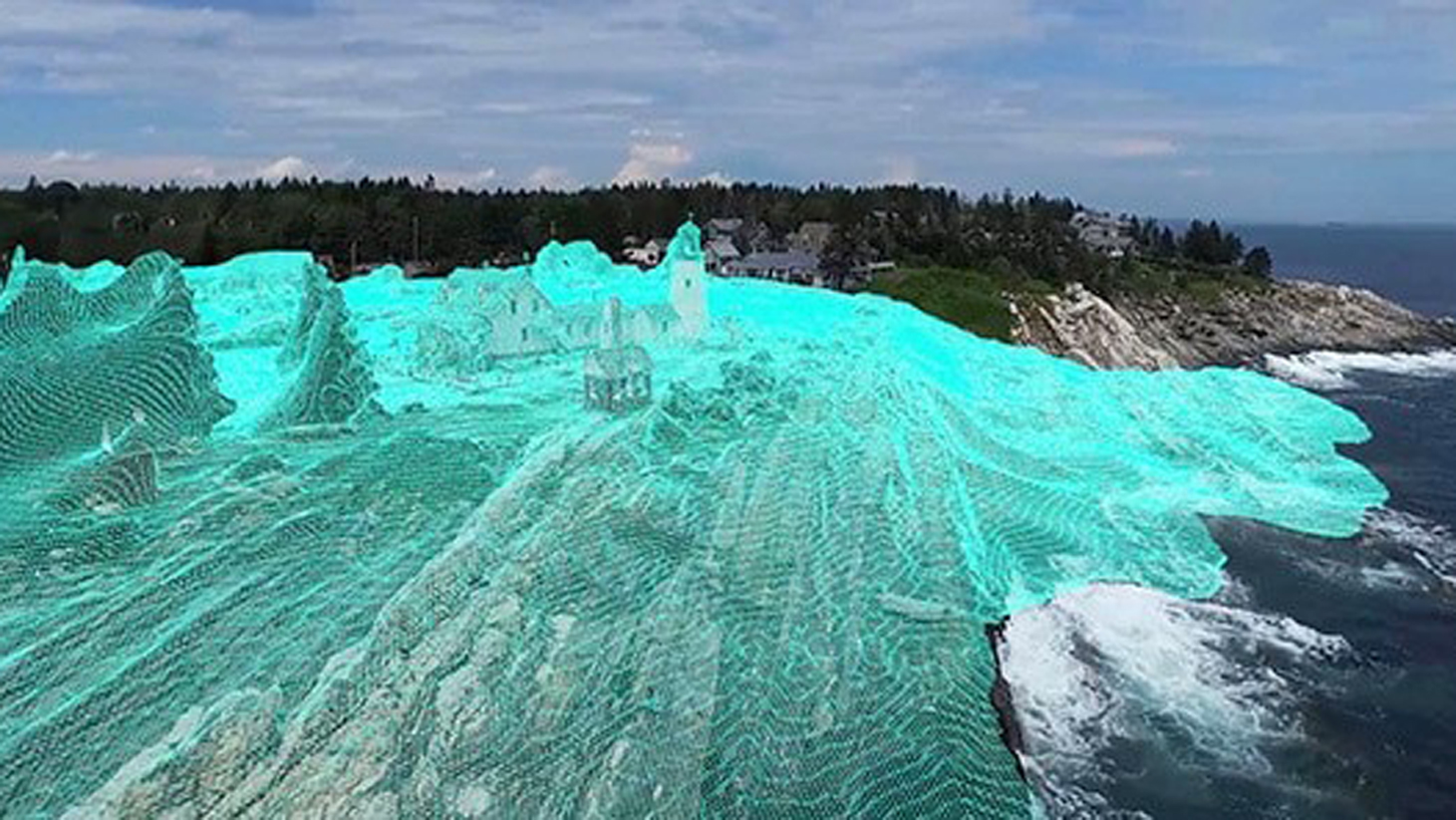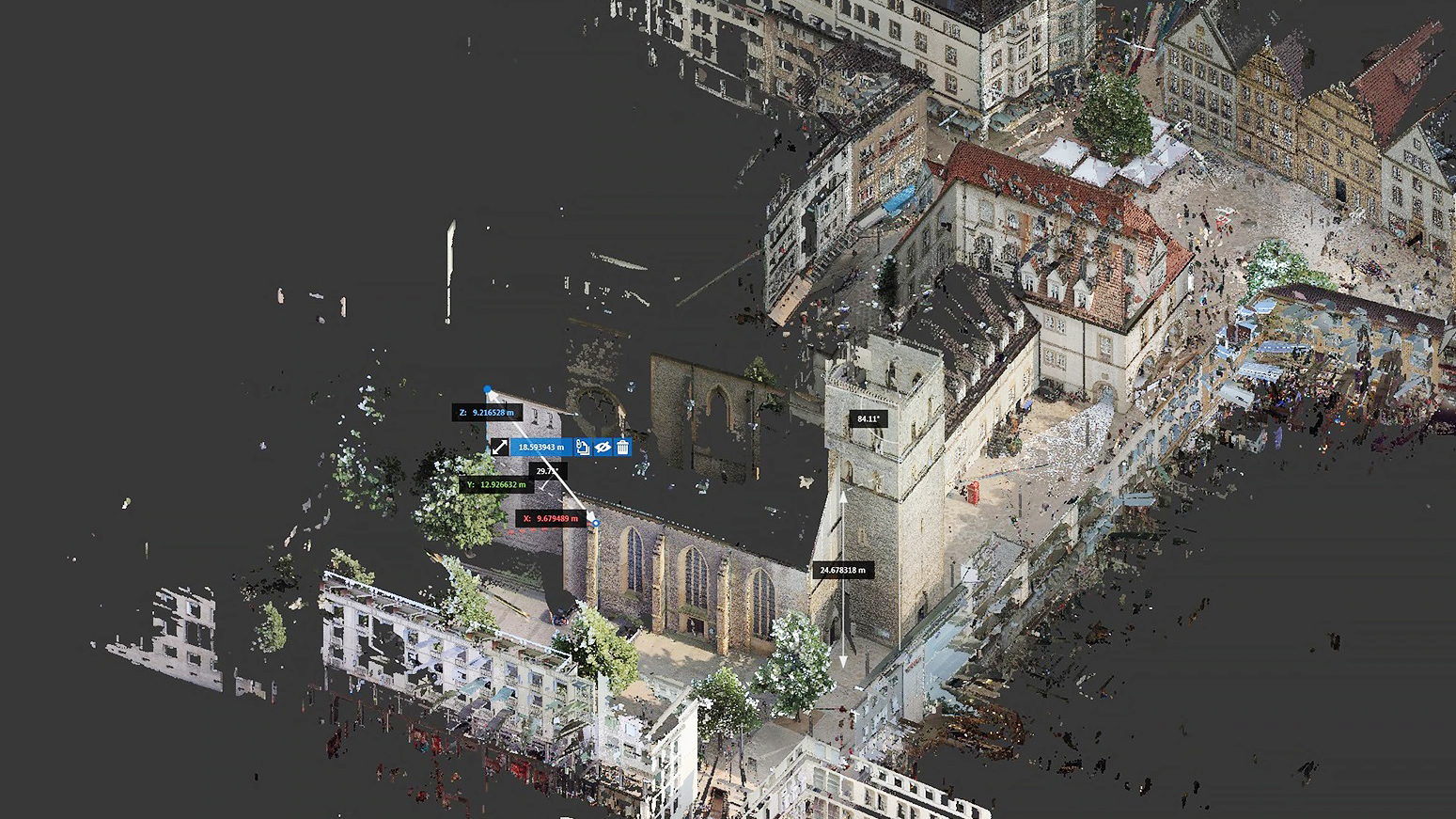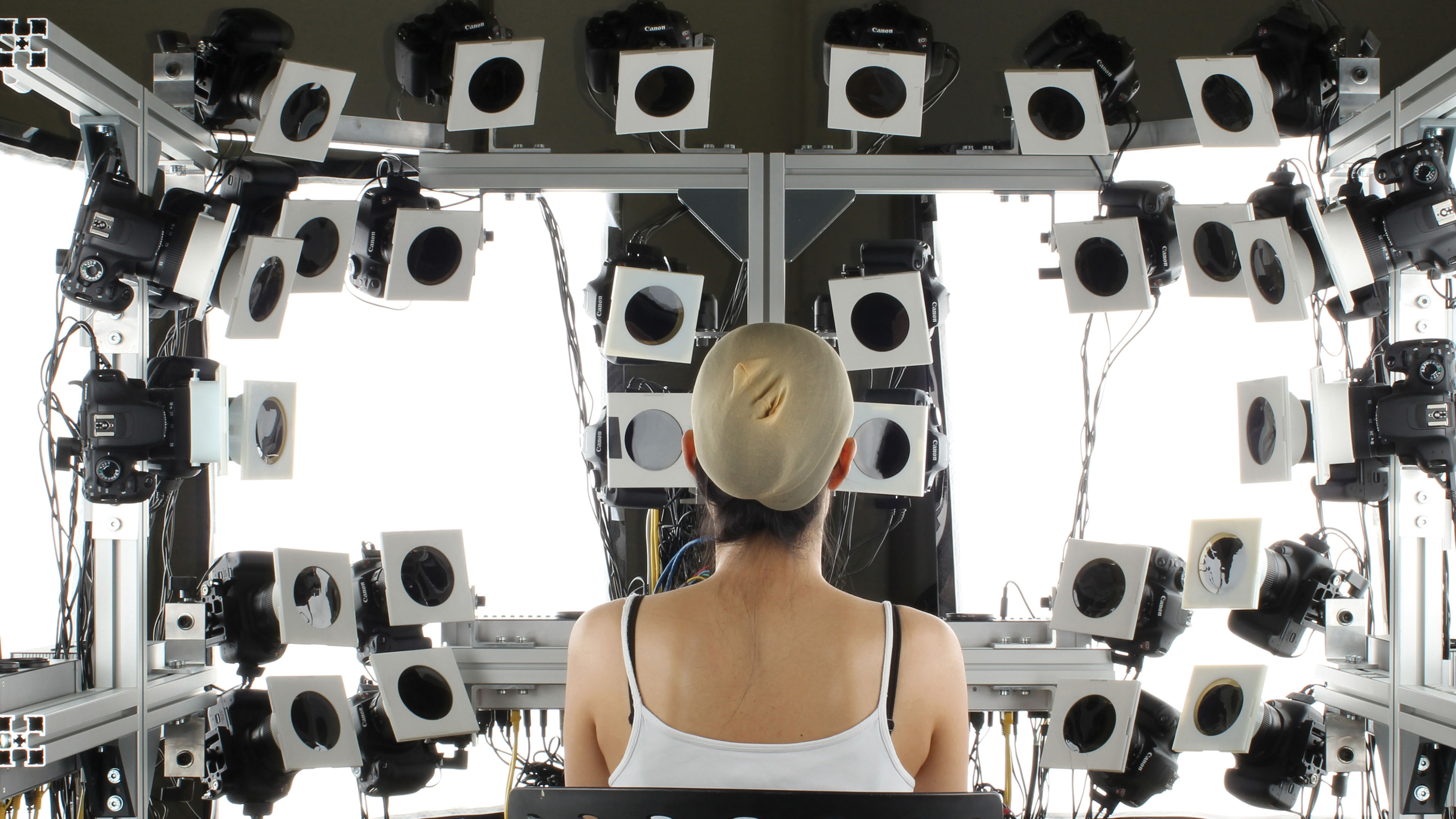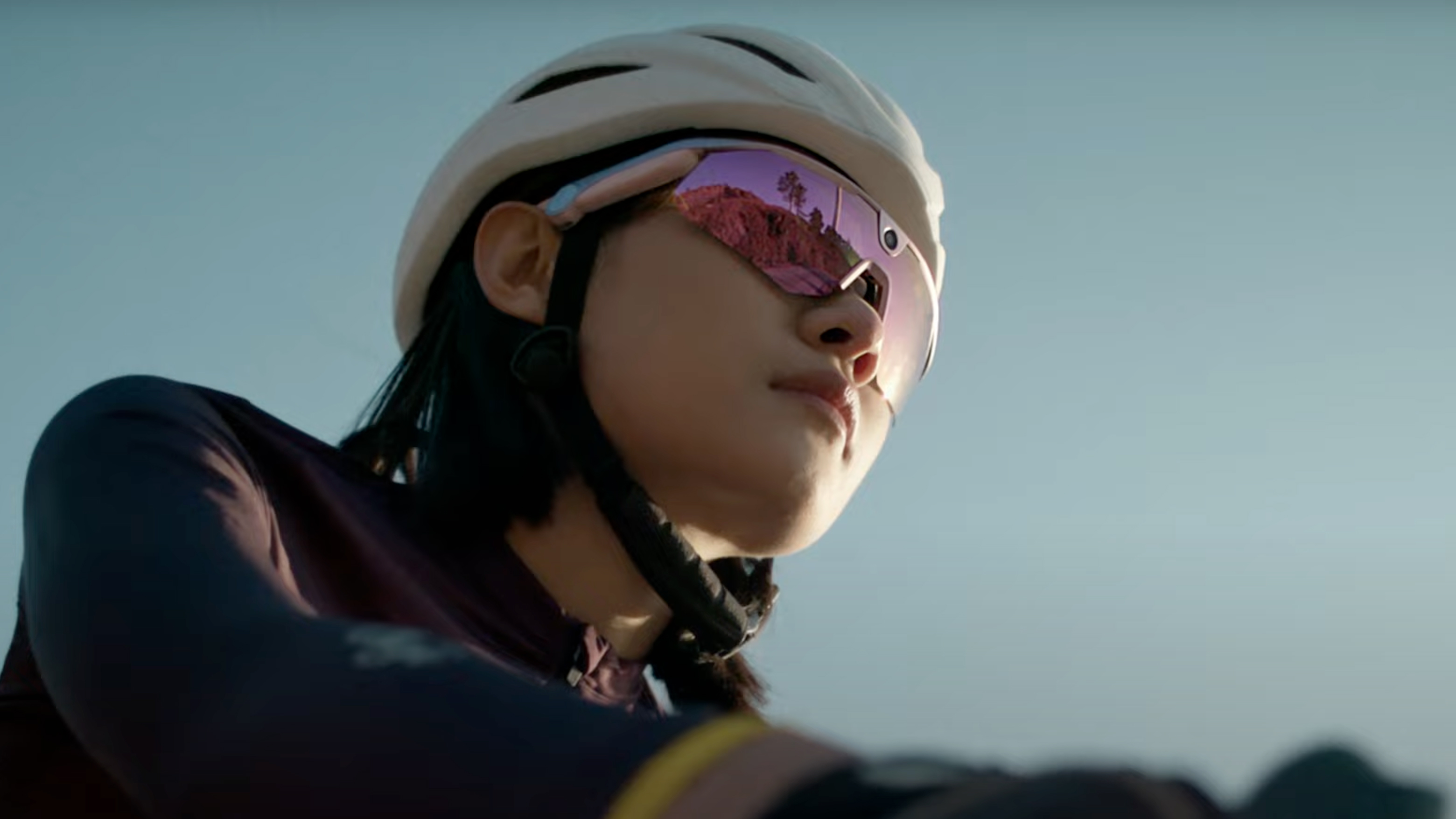What is photogrammetry and why do we need to know about it?
Learn the art and science of extracting 3D information from photographs, and how it can be used in the future.

There are many types of new technology being used to generate 3D graphics for models in the use of architecture, video games, and of course the big topic right now, The Metaverse. Photogrammetry is also used to measure points of interest in 2 dimensional space i.e. images. But how can this be used, why do we need to know about it and what can it actually do? Scroll down to find out.
What is photogrammetry and what is it used for?

There are two types of photogrammetry; Aerial photogrammetry and Close-range photogrammetry.
Aerial photogrammetry processes the utilization of aircrafts to produce aerial photography that can be turned into a 3D models or mapped digitally. Now, it’s possible to do the same work with a drone. Camera drones have made it easier to safely capture hard-to-access or inaccessible areas where traditional surveying could be dangerous or impractical.
Close-range photogrammetry is when images are captured using a handheld camera or with a camera mounted to a tripod. The goal of this method is not to create topographic maps, but rather to make 3D models of a smaller object.
In essence photogrammetry is the science and technology of obtaining reliable information about physical objects and the environment around you through the process of recording, measuring and interpreting photographic images and patterns of electromagnetic radiant imagery and other phenomena. In simple layman's terms, photogrammetry extracts 3D information from photographs and then they are processed by taking overlapping photographs of an object, structure or space and converting them into 2D or 3D digital models to use on various projects in programs like AutoCAD or Autodesk.
Photogrammetry is often used by surveyors, architects, engineers and contractors to create topographic maps, meshes, point clouds or drawings based on the real world. However, as we move into a more digital age photogrammetry is now used within the gaming industry, Hollywood on feature films, it has been used to combine live action with computer-generated imagery in movies post-production; The Matrix is a good example of the use of photogrammetry in the film, these details are given in the DVD extras.

Photogrammetry is also used extensively to create photorealistic environmental assets for video games, including The Vanishing of Ethan Carter as well as EA DICE's Star Wars Battlefront. The main character of the game Hellblade: Senua's Sacrifice was derived from photogrammetric motion-capture models taken of the actress Melina Juergens, this type of application is becoming for common in the gaming industry to make characters and surroundings appear for life-like, and soon for photogrammetry will be used for photography applications within the Metaverse.
Get the Digital Camera World Newsletter
The best camera deals, reviews, product advice, and unmissable photography news, direct to your inbox!
Another area where photogrammetry is also commonly employed is in collision engineering, especially with automobiles. When litigation for a collision occurs and engineers need to determine the exact deformation present in the vehicle, it is common for several years to have passed and the only evidence that remains is crash scene photographs taken by the police. Photogrammetry is used to determine how much the car in question was deformed, which relates to the amount of energy required to produce that deformation. The energy can then be used to determine important information about the crash (such as the velocity at time of impact). - which is what you seen in common TV dramas like NCIS. Google Earth also uses photogrammetry to create its 3D imagery and is in use for the Street View function and for 3D Google Maps.
Read more:
Best 3D scanner
Best 3D printer
Best 360 camera
Best VR headset for 360
10 of the best 360 video ever filmed

For nearly two decades Sebastian's work has been published internationally. Originally specializing in Equestrianism, his visuals have been used by the leading names in the equestrian industry such as The Fédération Equestre Internationale (FEI), The Jockey Club, Horse & Hound, and many more for various advertising campaigns, books, and pre/post-event highlights.
He is a Fellow of the Royal Society of Arts, holds a Foundation Degree in Equitation Science, and holds a Master of Arts in Publishing. He is a member of Nikon NPS and has been a Nikon user since his film days using a Nikon F5. He saw the digital transition with Nikon's D series cameras and is still, to this day, the youngest member to be elected into BEWA, the British Equestrian Writers' Association.
He is familiar with and shows great interest in 35mm, medium, and large-format photography, using products by Leica, Phase One, Hasselblad, Alpa, and Sinar. Sebastian has also used many cinema cameras from Sony, RED, ARRI, and everything in between. He now spends his spare time using his trusted Leica M-E or Leica M2, shooting Street/Documentary photography as he sees it, usually in Black and White.
